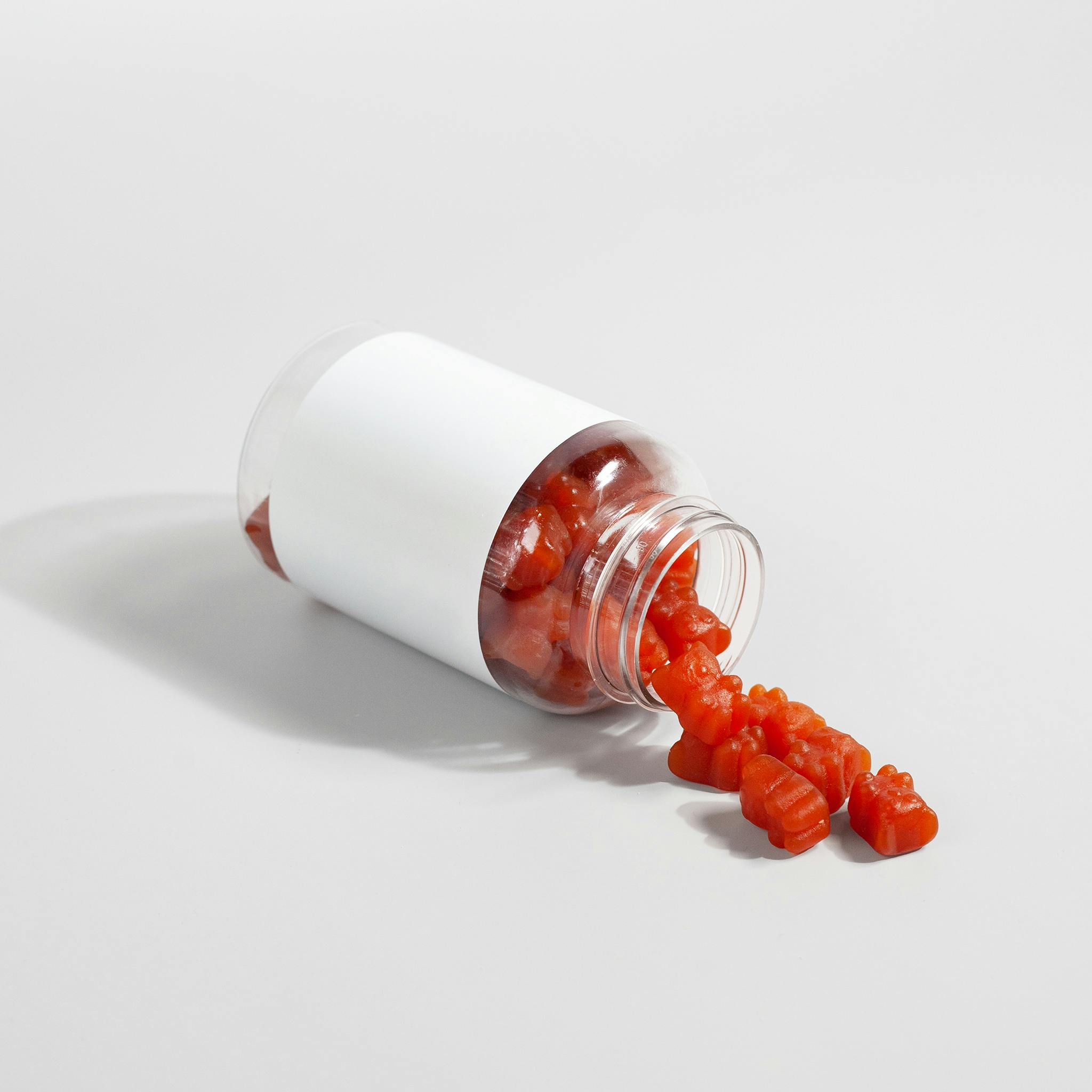Case report of rare presentation of schistosomiasis: delayed diagnosis of genitourinary schistosomiasis in an adolescent

Published: January 3 2025
Abstract Views: 680
PDF: 153
HTML: 4
HTML: 4
Publisher's note
All claims expressed in this article are solely those of the authors and do not necessarily represent those of their affiliated organizations, or those of the publisher, the editors and the reviewers. Any product that may be evaluated in this article or claim that may be made by its manufacturer is not guaranteed or endorsed by the publisher.
All claims expressed in this article are solely those of the authors and do not necessarily represent those of their affiliated organizations, or those of the publisher, the editors and the reviewers. Any product that may be evaluated in this article or claim that may be made by its manufacturer is not guaranteed or endorsed by the publisher.
Similar Articles
- Giovanni Cobellis, Giovanni Torino, Gabriele Lisi, Michele Ilari, Edoardo Bindi, Pneumovesicoscopic management of bladder neoplasms in children: three case reports , La Pediatria Medica e Chirurgica: Vol. 45 No. 1 (2023)
- George Vlad Isac, Gabriela Mariana Danila, Sebastian Nicolae Ionescu, Spontaneous resolution and the role of endoscopic surgery in the treatment of primary obstructive megaureter: a review of the literature , La Pediatria Medica e Chirurgica: Vol. 45 No. 2 (2023)
- Alessandro Calisti, Kibreab Belay, Andrea Mombo, Faisal Abdelgalil Nugud, Diaaeldinn Yaseen Salman, Pierluigi Lelli Chiesa, Presentations of bladder exstrophy in a resource-limited setting and the role of Mainz II continent diversion for late referrals or failed primary closures: a multicentric report , La Pediatria Medica e Chirurgica: Vol. 45 No. 2 (2023)
- Arianna Mariotto, Nicola Zampieri, Mariangela Cecchetto, Francesco Saverio Camoglio, Ureteral rupture after blunt abdominal trauma in a child with unknown horseshoe kidney , La Pediatria Medica e Chirurgica: Vol. 37 No. 2 (2015)
- Salvatore Arena, Tiziana Russo, Patrizia Perrone, Carmelo Romeo, Operative cystoscopy in the neonatal period , La Pediatria Medica e Chirurgica: Vol. 38 No. 3 (2016)
- Antonio Marte, Staghorn stone in megapolycalicosis in a child: Still the case for open surgery? Case report , La Pediatria Medica e Chirurgica: Vol. 44 No. 1 (2022)
- Alessandro Calisti, Diaaeldinn Yaseen Salman, Kibreab Belay, Andrea Mombo, Boniphace Tresphory, Giovanni Giuliani, Martina Sertori, Gian Battista Parigi, The hidden burden of Pediatric urology in Sub-Saharan Africa: an analysis of hospital admission data from three East African Health Centres , La Pediatria Medica e Chirurgica: Vol. 46 No. 1 (2024)
- Maria-Grazia Scarpa, Giordano Perin, Massimo Di Grazia, Daniela Codrich, Federica Pederiva, Edoardo Guida, Maria Antonietta Lembo, Antonio Giannotta, Jürgen Schleef, Surgery for distal hypospadias: what about the catheter? , La Pediatria Medica e Chirurgica: Vol. 39 No. 3 (2017)
- Cosimo Bleve, Valeria Bucci, Maria Luisa Conighi, Francesco Battaglino, Lorenzo Costa, Lorella Fasoli, Elisa Zolpi, Salvatore Fabio Chiarenza, Horseshoe kidney and uretero-pelvic-junction obstruction in a pediatric patient. Laparoscopic vascular hitch: A valid alternative to dismembered pyeloplasty? , La Pediatria Medica e Chirurgica: Vol. 39 No. 4 (2017)
- Eugenia Piro, Fabiola Colombini, Marta Brugnoni, Daniele Perilli, Laura Caterina Abati, Veronica Zocca, Lucia Vallieri, Antonio D'Alessio, Ureteropelvic junction obstruction in children by polar vessels: histological examination result , La Pediatria Medica e Chirurgica: Vol. 45 No. 1 (2023)
1-10 of 180
Next
You may also start an advanced similarity search for this article.









